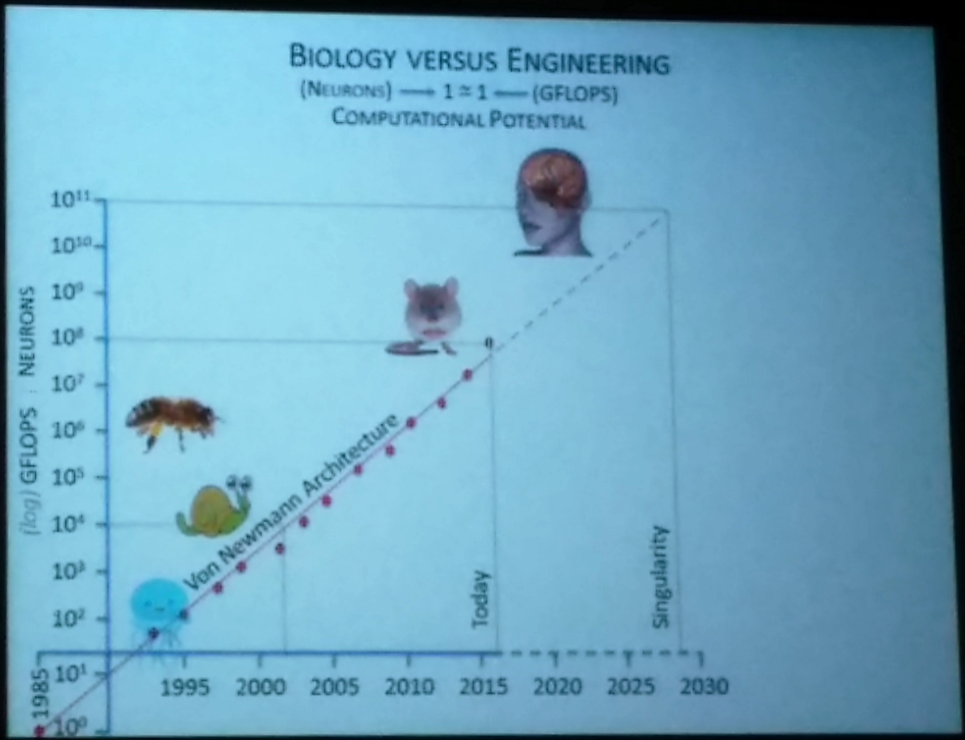Dr. Keith Dreyer opens with a keynote during the Intersociety Summer Conference (ISC) with description of data science and overview of how machine learning have evolved over time.
He describes that machines and humans inherently see things differently. Humans are excellent at object classification, recognition of faces, understanding language, driving, and imaging diagnostics.
These are traditionally very difficult to achieve with computers – until deep learning neural networks come around. Neural networks are trained using known cases and evaluated using unknown cases. Data has shown that it is particularly effective for the historically difficult computational tasks.
Computing has come a long way. “Before 2000, computers had the capacity of a snail. It was also as fast as a snail,” said Dreyer. However, computational speed accelerated quickly. Today’s NVIDIA GPU is faster than the supercomputer in the 1980s.
Referencing IBM Watson, Google TensorFlow, and other powerful commercial products, Dr. Dreyer describes that Google and other large companies are achieving 97-98% accuracy for classification problems using neural networks.
All is not lost, however. “Along the process, we will find a way to integrate that capacity, so we can have human experience with computer enhancement,” says Dr. Dreyer.
Medical groups are also awakening to the data-driven environment that the rest of the world now live in. For instance, Massachusetts General Hospital is transferring learning diagnostic tools to clinical application. For example, running imaging through analytics can provide radiologists’ interpretations more accurate before transferring to electronic medical records. For bone age, for example, neural network algorithms have achieved up to 92% accuracy, using just a single GPU.
What does the machine-augmented future of radiology look like? Dreyer describes a world where the radiologist has clinical guidelines, genomic and radionomic data, automated classification, disease quantification, and structured reporting tools at her disposal to provide the best interpretation and best care. It doesn’t stop there – all of the value generated by the radiologist is then piped directly back to the electronic medical record in an integrated fashion.
The future of radiology is bright and optimistic. So, “let the games begin,” concludes Dr. Dreyer.







Pingback: 6 Elements of a Data-Driven Informatics Solution (1/3) » Figure Stuff Out